Home>Gardening & Outdoor>Landscaping Ideas>What Is The Best Way To Cut Grass


Landscaping Ideas
What Is The Best Way To Cut Grass
Modified: September 2, 2024
Discover the best landscaping ideas for cutting grass and maintaining a pristine lawn. Learn effective techniques and tools for a well-groomed yard.
(Many of the links in this article redirect to a specific reviewed product. Your purchase of these products through affiliate links helps to generate commission for Storables.com, at no extra cost. Learn more)
Introduction
Maintaining a well-manicured lawn is a source of pride for many homeowners. The process of achieving a lush, healthy lawn involves various tasks, with one of the most fundamental being grass cutting. The method chosen for cutting grass can significantly impact the overall appearance and health of the lawn. From traditional manual lawn mowers to advanced electric models, there are numerous options available, each with its unique advantages and considerations.
The best way to cut grass ultimately depends on several factors, including the size of the lawn, the type of grass, personal preferences, and environmental considerations. Understanding the different grass-cutting methods and their respective benefits can empower homeowners to make informed decisions that align with their specific needs and values.
In this comprehensive guide, we will explore various grass-cutting methods, ranging from traditional manual lawn mowers to modern electric models and innovative tools like string trimmers and scythes. By delving into the intricacies of each method, we aim to equip readers with the knowledge needed to select the most suitable approach for maintaining a vibrant and well-groomed lawn.
As we embark on this exploration, it's important to recognize that the best way to cut grass is not a one-size-fits-all solution. Instead, it's a personalized choice that hinges on individual circumstances and preferences. Whether you're drawn to the simplicity of a manual lawn mower, the efficiency of a gas-powered model, or the eco-friendly nature of an electric mower, there's a method that aligns perfectly with your vision for a stunning lawn.
Join us as we navigate the diverse landscape of grass-cutting methods, uncovering the nuances of each approach and shedding light on the factors that can influence your decision. By the end of this journey, you'll be equipped with the insights needed to make an informed choice, ensuring that your lawn remains a verdant oasis that enhances the beauty of your outdoor space.
Key Takeaways:
- Embrace the diversity of grass-cutting methods, from serene manual mowers to powerful gas models and eco-friendly electric options, to find the perfect fit for your lawn size and environmental values.
- Discover the timeless charm of manual mowers, the robust efficiency of gas-powered models, and the eco-conscious performance of electric mowers, each offering unique benefits for a well-groomed and vibrant lawn.
Read more: What Is The Best Length To Cut Your Grass
Manual Lawn Mower
A manual lawn mower, also known as a reel mower, harks back to a simpler time when the rhythmic sound of blades slicing through grass filled the air on a sunny afternoon. This traditional grass-cutting method offers a serene and eco-friendly approach to maintaining a pristine lawn. The manual lawn mower operates through the sheer power of human effort, requiring no electricity, gas, or oil to function. Its design features a set of curved blades that spin as the mower is pushed forward, cleanly cutting the grass with a scissor-like action.
One of the most compelling advantages of a manual lawn mower is its environmental friendliness. Unlike gas-powered or electric models, it produces zero emissions, making it an eco-conscious choice for homeowners who prioritize sustainability. Additionally, the absence of noise pollution contributes to a tranquil mowing experience, allowing individuals to connect with nature and enjoy the peaceful ambiance of their outdoor surroundings.
Furthermore, manual lawn mowers are relatively low-maintenance, as they lack complex engines or motors that require regular servicing. With proper care and occasional blade sharpening, these mowers can provide years of reliable service without the need for extensive upkeep. This simplicity also translates to cost savings, as manual mowers typically have a lower upfront cost and minimal ongoing expenses.
While manual lawn mowers offer numerous benefits, they are best suited for smaller lawns with even terrain. Their cutting width is generally narrower than that of gas-powered or electric mowers, which means that mowing larger areas may require more time and physical exertion. Additionally, manual mowers may struggle with taller or tougher grass varieties, necessitating more frequent mowing to maintain an optimal lawn height.
In summary, the manual lawn mower embodies a time-honored approach to grass cutting, appealing to those who value sustainability, simplicity, and a connection to the natural world. Its gentle hum and eco-friendly operation make it a charming choice for homeowners seeking a serene mowing experience and a beautifully manicured lawn.
Gas-Powered Lawn Mower
The gas-powered lawn mower stands as a stalwart symbol of efficiency and power in the realm of grass-cutting equipment. Fueled by gasoline, these robust machines are designed to tackle expansive lawns with ease, offering a blend of performance and convenience that appeals to many homeowners. Equipped with internal combustion engines, gas-powered mowers are capable of swiftly and effectively trimming grass to achieve a well-groomed appearance.
One of the primary advantages of gas-powered lawn mowers is their formidable cutting prowess. The robust engines and sharp blades enable them to effortlessly handle thick, overgrown grass, making them well-suited for larger properties and challenging terrain. This capability to tackle tough mowing tasks with precision and speed positions gas-powered mowers as a reliable choice for individuals seeking a time-efficient grass-cutting solution.
Moreover, the autonomy afforded by gas-powered mowers is a significant draw for many homeowners. Unlike electric mowers, which are tethered to power outlets or limited by battery life, gas-powered models offer unrestricted mobility, allowing users to navigate their lawn without constraints. This freedom of movement is particularly advantageous for properties with expansive or irregular layouts, where maneuverability is paramount for achieving consistent and thorough mowing results.
Additionally, gas-powered lawn mowers are known for their durability and longevity. When properly maintained, these machines can provide years of dependable service, making them a worthwhile investment for individuals seeking a long-term grass-cutting solution. Furthermore, the availability of various models, including self-propelled and ride-on options, caters to diverse preferences and specific lawn care needs, enhancing the appeal of gas-powered mowers for homeowners with varying requirements.
However, it's important to consider the environmental impact and maintenance requirements associated with gas-powered lawn mowers. While they offer exceptional performance, these mowers produce emissions and noise during operation, contributing to air and noise pollution. Additionally, regular maintenance, such as oil changes, air filter replacements, and spark plug inspections, is essential to ensure optimal performance and longevity.
In essence, the gas-powered lawn mower embodies a blend of power, efficiency, and versatility, making it a compelling choice for individuals with expansive lawns and demanding mowing needs. Its robust performance and unrestricted mobility empower homeowners to maintain a well-manicured lawn with precision and ease, underscoring its enduring appeal in the realm of grass-cutting equipment.
Electric Lawn Mower
The electric lawn mower represents a modern and eco-conscious approach to grass cutting, harnessing the power of electricity to deliver efficient and environmentally friendly mowing performance. Unlike gas-powered mowers, electric models operate quietly and produce zero emissions, making them an appealing choice for homeowners who prioritize sustainability and seek a tranquil mowing experience.
One of the primary advantages of electric lawn mowers is their eco-friendly operation. By utilizing electricity as a power source, these mowers eliminate the need for gasoline and oil, thereby reducing carbon emissions and minimizing the environmental impact of lawn maintenance. This aligns with the growing emphasis on sustainable practices, making electric mowers an attractive option for environmentally conscious individuals striving to minimize their carbon footprint.
In addition to their environmental benefits, electric lawn mowers offer ease of use and low maintenance requirements. With the simple act of plugging into a power source, these mowers are ready to tackle grass-cutting tasks without the need for fuel refills or engine maintenance. This convenience translates to a hassle-free mowing experience, allowing homeowners to focus on achieving a well-manicured lawn without the complexities associated with gas-powered equipment.
Furthermore, electric lawn mowers are renowned for their quiet operation, creating a serene mowing environment that minimizes noise pollution. This is particularly advantageous for individuals residing in neighborhoods where noise restrictions or considerations for peaceful coexistence are paramount. The subdued hum of an electric mower contributes to a tranquil outdoor ambiance, enabling homeowners to engage in grass cutting without disrupting the surrounding environment.
Moreover, the availability of corded and cordless electric mowers caters to diverse preferences and lawn sizes. Corded models offer continuous power supply, ideal for smaller properties with easy access to electrical outlets, while cordless variants provide unrestricted mobility, allowing users to navigate larger lawns without being tethered to a power source. This versatility empowers homeowners to select an electric mower that aligns with their specific lawn care needs and spatial considerations.
In summary, the electric lawn mower embodies a harmonious blend of environmental consciousness, user-friendly operation, and quiet efficiency, making it a compelling choice for individuals seeking a sustainable and serene grass-cutting solution. Its eco-friendly performance and convenience underscore its relevance in modern lawn care, offering a contemporary approach to maintaining a vibrant and well-groomed lawn.
The best way to cut grass is to mow when the grass is dry, set your mower to the proper height (about 3 inches), and mow in different directions each time to prevent the grass from leaning in one direction.
String Trimmer
The string trimmer, also known as a weed eater or weed whacker, is a versatile and efficient tool designed to address the nuances of lawn maintenance that traditional mowers may overlook. This innovative grass-cutting implement is particularly adept at reaching areas that are challenging to access with conventional mowers, such as along fences, around trees, and near landscaping features. Its maneuverability and precision make it an invaluable asset for achieving a well-groomed and polished lawn.
One of the primary advantages of a string trimmer is its ability to target grass and weeds in tight spaces with remarkable accuracy. The rotating nylon string, which serves as the cutting mechanism, enables users to trim grass along edges, define borders, and address overgrowth in areas where traditional mowers cannot reach. This precision is instrumental in enhancing the overall aesthetic appeal of the lawn, creating clean and well-defined boundaries that contribute to a polished and professional look.
Moreover, the lightweight and ergonomic design of string trimmers facilitates ease of use and maneuverability, allowing users to navigate challenging terrain and intricate landscapes with minimal effort. This agility empowers homeowners to maintain a uniform grass height throughout the lawn, ensuring a cohesive and visually appealing appearance. Additionally, the adjustable shaft length and pivoting head of certain models further enhance the versatility and adaptability of string trimmers, enabling users to customize their cutting approach based on specific lawn features and topographical variations.
Furthermore, the string trimmer offers a non-invasive solution for grass cutting, minimizing the risk of damage to delicate plants, flowers, and landscaping elements. Its precise cutting action targets unwanted growth while preserving the integrity of surrounding vegetation, allowing homeowners to achieve a well-maintained lawn without compromising the beauty of their landscape design. This delicate balance between precision and preservation underscores the value of string trimmers as indispensable tools for meticulous lawn care.
In essence, the string trimmer embodies a harmonious blend of precision, versatility, and adaptability, making it an indispensable companion for homeowners striving to achieve a flawlessly manicured lawn. Its ability to address intricate lawn details and navigate challenging terrain underscores its significance in the realm of grass-cutting equipment, offering a nuanced and effective approach to maintaining a pristine and visually captivating outdoor space.
Read more: What Is The Best Way To Kill Bermuda Grass
Scythe
The scythe, an ancient and time-honored tool, evokes images of pastoral landscapes and traditional agricultural practices. While its historical significance is deeply rooted in the realm of manual labor and agricultural cultivation, the scythe has also found relevance in modern lawn care, offering a unique and contemplative approach to grass cutting.
One of the most distinctive features of the scythe is its elegant and ergonomic design, characterized by a long wooden handle and a curved blade. This configuration allows for a sweeping, rhythmic motion that harnesses the momentum of the user's body, enabling efficient and precise grass cutting. The scythe's design embodies a harmonious fusion of form and function, facilitating a fluid and meditative mowing experience that transcends the mechanical nature of contemporary lawn mowers.
Moreover, the scythe's cutting action is remarkably gentle on the grass, minimizing stress and damage to the vegetation. This attribute is particularly advantageous for individuals seeking a holistic and sustainable approach to lawn maintenance, as it aligns with the principles of environmental stewardship and conscientious land management. The scythe's ability to harmonize with the natural growth patterns of the grass underscores its relevance as a tool that promotes the health and vitality of the lawn.
Additionally, the scythe offers a quiet and contemplative mowing experience, devoid of the noise and emissions associated with motorized equipment. This serene ambiance allows users to engage with their outdoor environment on a deeper level, fostering a sense of connection with nature and a heightened appreciation for the act of grass cutting. The tranquil rhythm of the scythe's motion creates a space for introspection and mindfulness, transforming the act of lawn maintenance into a reflective and enriching endeavor.
Furthermore, the scythe's versatility extends beyond grass cutting, as it can also be utilized for clearing weeds, trimming edges, and maintaining natural areas with a gentle touch. Its adaptability and multifunctional nature make it a valuable asset for individuals seeking a holistic and integrated approach to landscape stewardship, where the preservation of biodiversity and the cultivation of a thriving ecosystem are paramount.
In essence, the scythe embodies a timeless and contemplative approach to grass cutting, offering a harmonious blend of efficiency, sustainability, and mindfulness. Its historical significance and enduring relevance in modern lawn care underscore its value as a tool that transcends mere functionality, enriching the act of grass cutting with a sense of tradition, mindfulness, and ecological harmony.
Conclusion
In the realm of lawn care, the best way to cut grass is not a singular method, but rather a diverse tapestry of options that cater to individual preferences, environmental considerations, and the unique characteristics of the lawn itself. From the serene simplicity of a manual lawn mower to the robust efficiency of a gas-powered model, and the eco-conscious performance of electric mowers, each grass-cutting method offers distinct advantages and considerations.
The manual lawn mower, with its timeless appeal and eco-friendly operation, embodies a connection to tradition and sustainability, making it an ideal choice for individuals seeking a serene mowing experience and a gentle approach to lawn maintenance. Its rhythmic hum and minimal environmental impact underscore its enduring relevance in the modern landscape of lawn care.
On the other hand, the gas-powered lawn mower stands as a symbol of power and efficiency, offering formidable cutting prowess and unrestricted mobility. Its ability to tackle challenging mowing tasks with precision and speed makes it a compelling choice for homeowners with expansive lawns and demanding mowing needs, emphasizing the enduring appeal of its robust performance.
In contrast, the electric lawn mower represents a contemporary and eco-conscious approach to grass cutting, harnessing the power of electricity to deliver efficient and environmentally friendly mowing performance. Its quiet operation, ease of use, and sustainability underscore its relevance in modern lawn care, offering a harmonious blend of environmental consciousness and user-friendly operation.
Furthermore, the string trimmer and scythe, with their precision, versatility, and nuanced approach to lawn maintenance, enrich the landscape of grass-cutting methods, offering unique solutions for addressing intricate lawn details and promoting sustainable land management practices.
As we navigate the diverse landscape of grass-cutting methods, it becomes evident that the best way to cut grass is a deeply personal choice, influenced by a myriad of factors such as lawn size, terrain, environmental values, and the desire for a tranquil mowing experience. By understanding the nuances of each grass-cutting method, homeowners can make informed decisions that align with their vision for a vibrant and well-groomed lawn, ensuring that the act of grass cutting becomes a reflection of their values, preferences, and commitment to environmental stewardship.
Ultimately, the best way to cut grass transcends mere lawn maintenance; it becomes a harmonious expression of sustainability, tradition, efficiency, and mindfulness, enriching the outdoor experience and nurturing a deeper connection with the natural world.
Frequently Asked Questions about What Is The Best Way To Cut Grass
Was this page helpful?
At Storables.com, we guarantee accurate and reliable information. Our content, validated by Expert Board Contributors, is crafted following stringent Editorial Policies. We're committed to providing you with well-researched, expert-backed insights for all your informational needs.
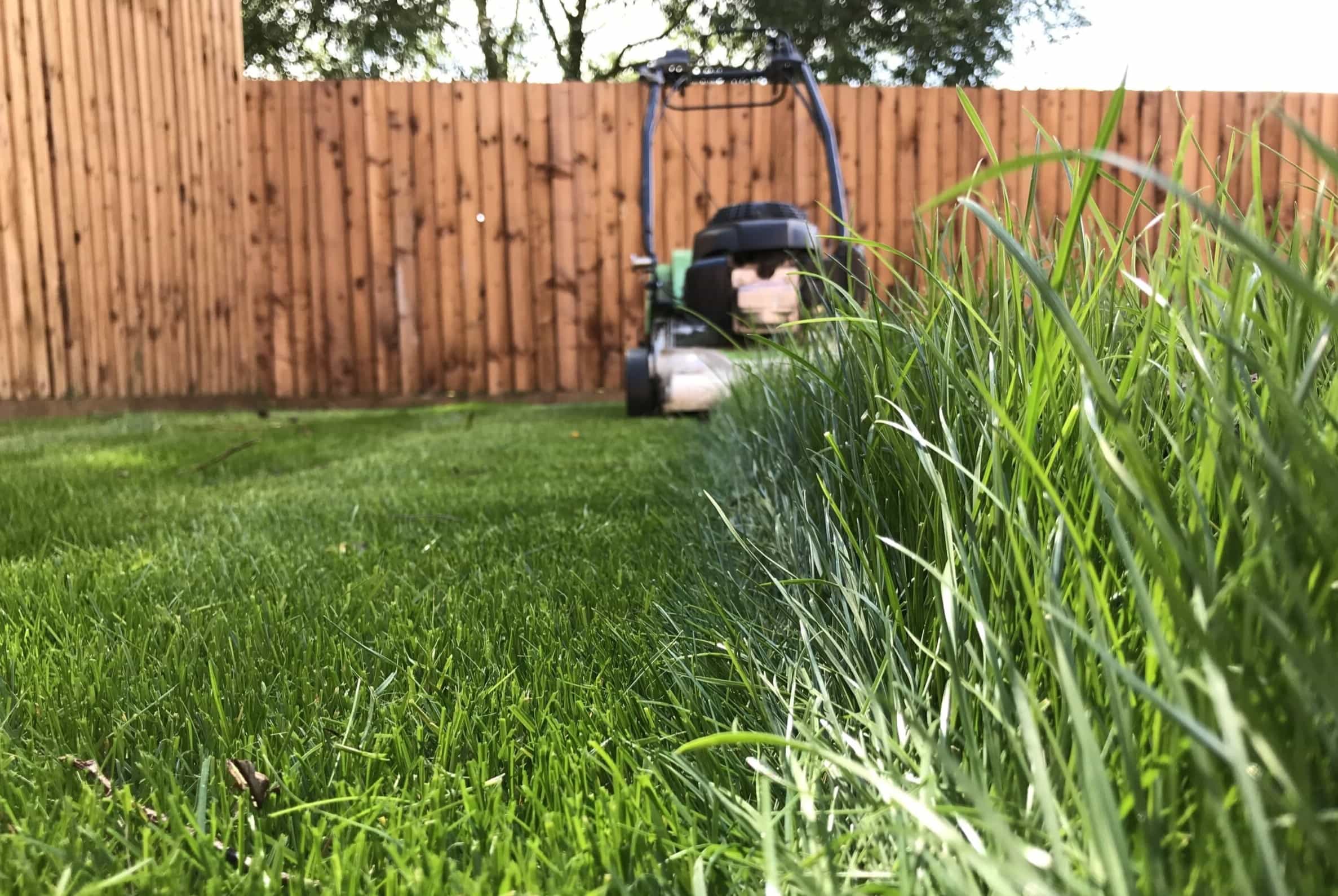
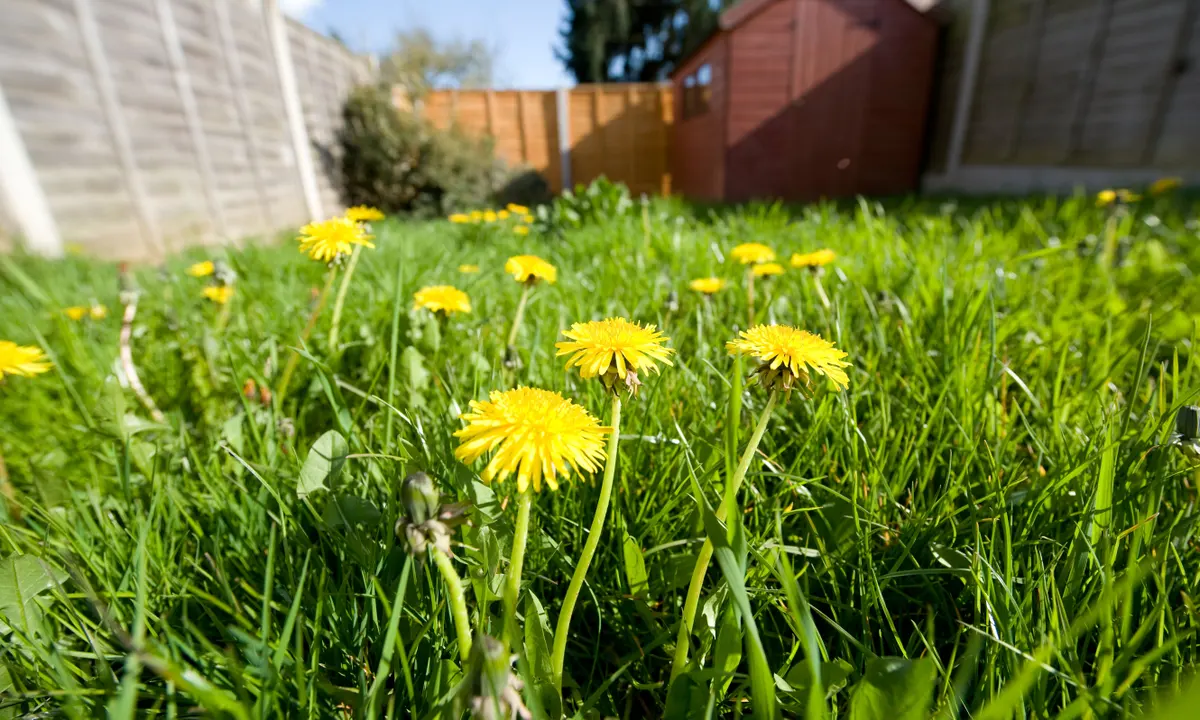
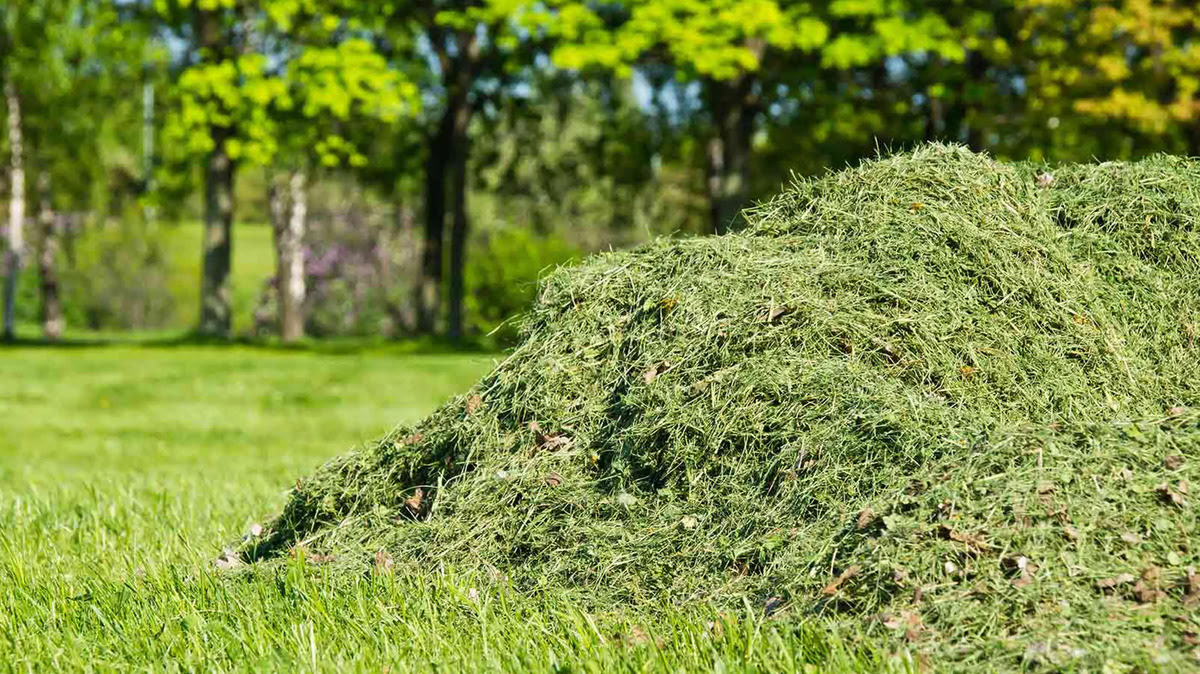
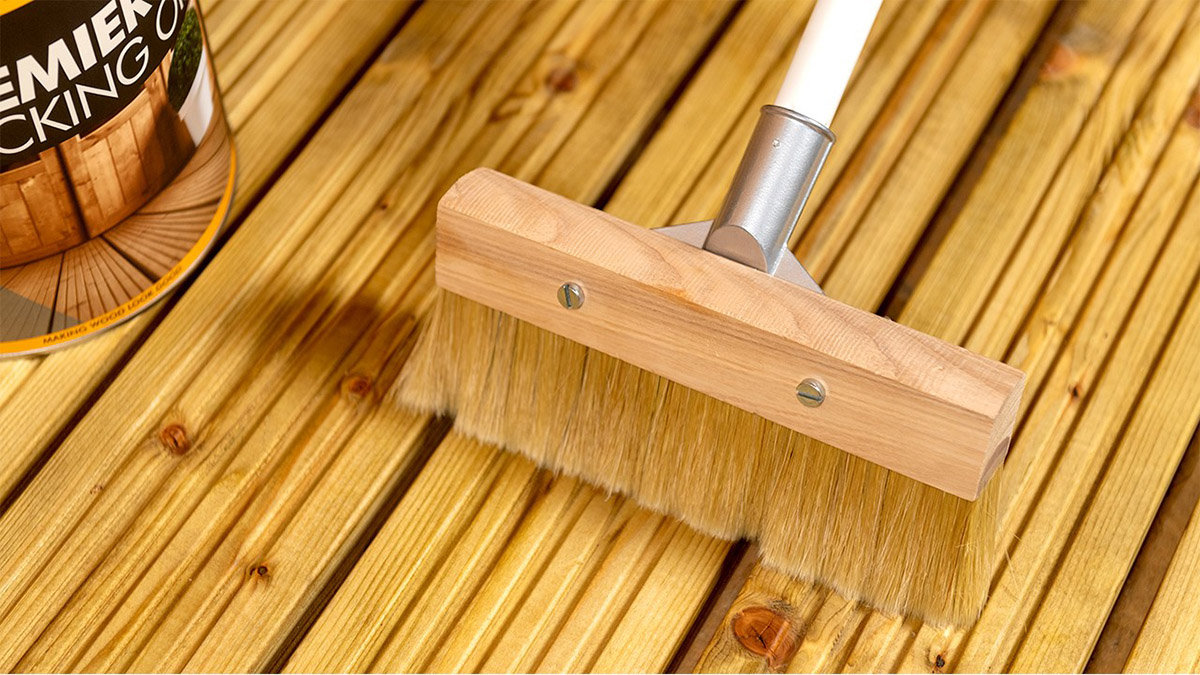
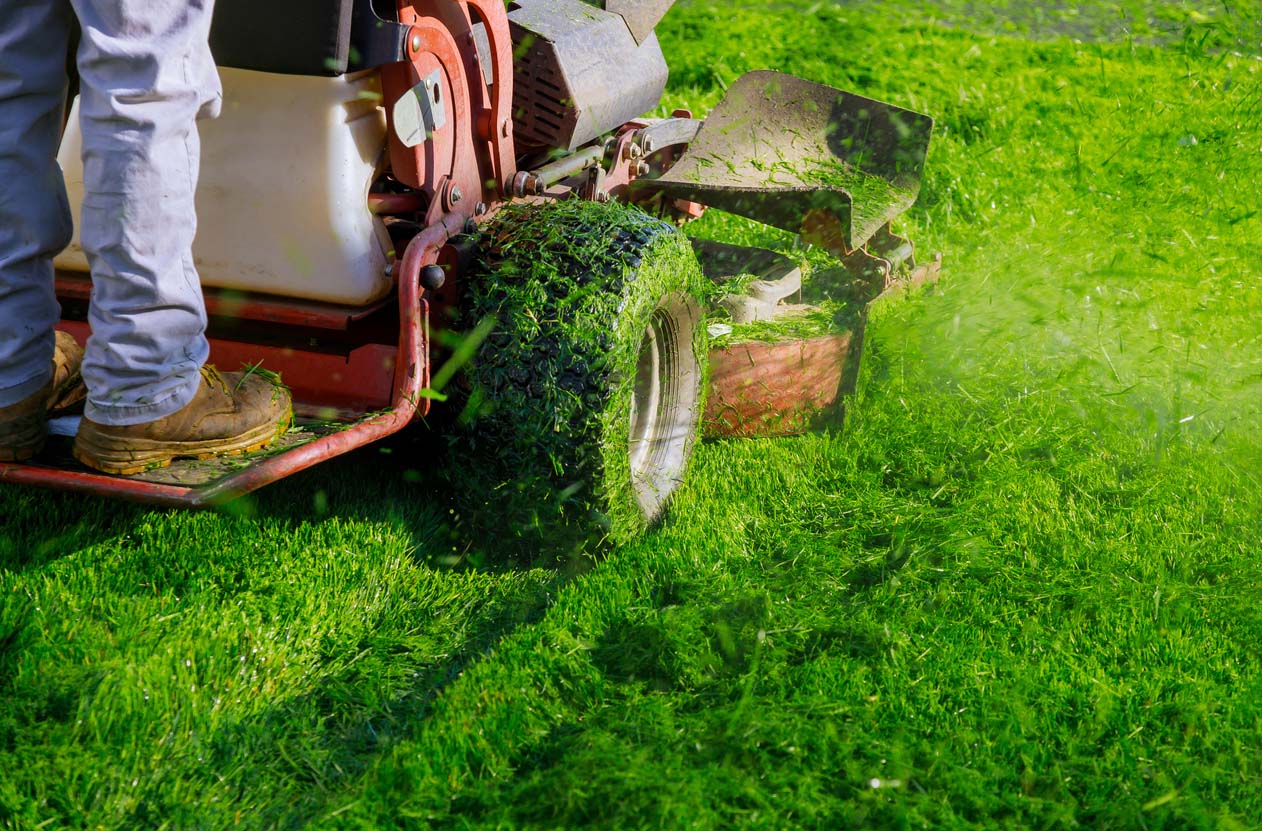
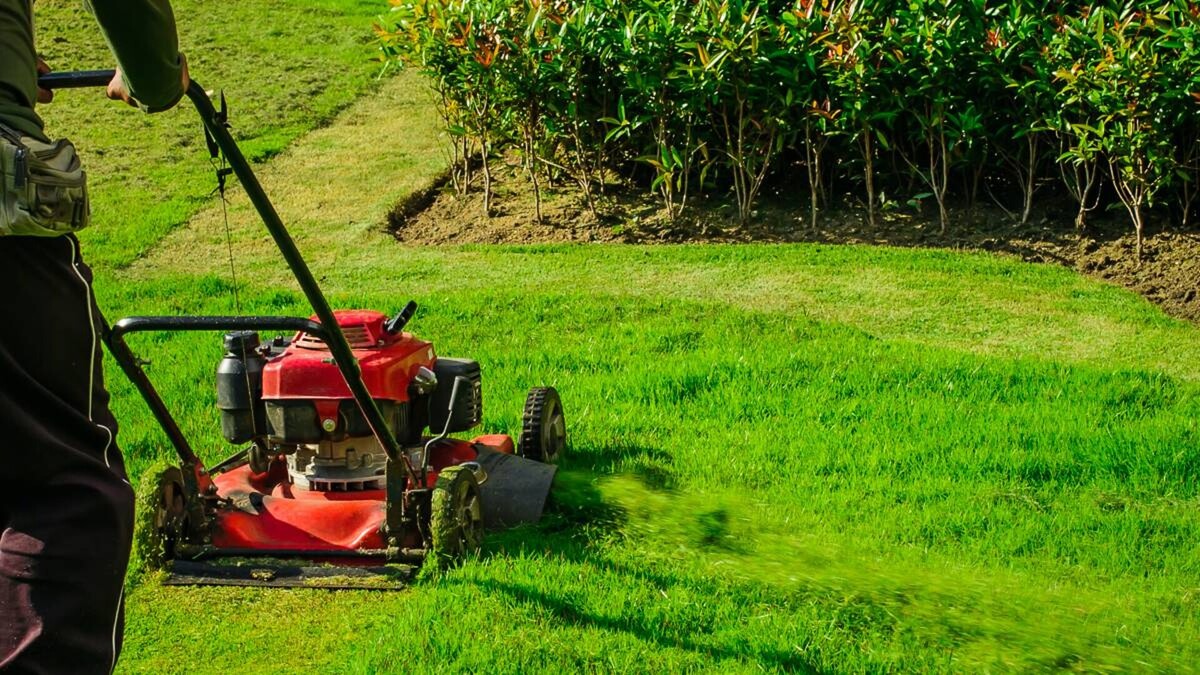


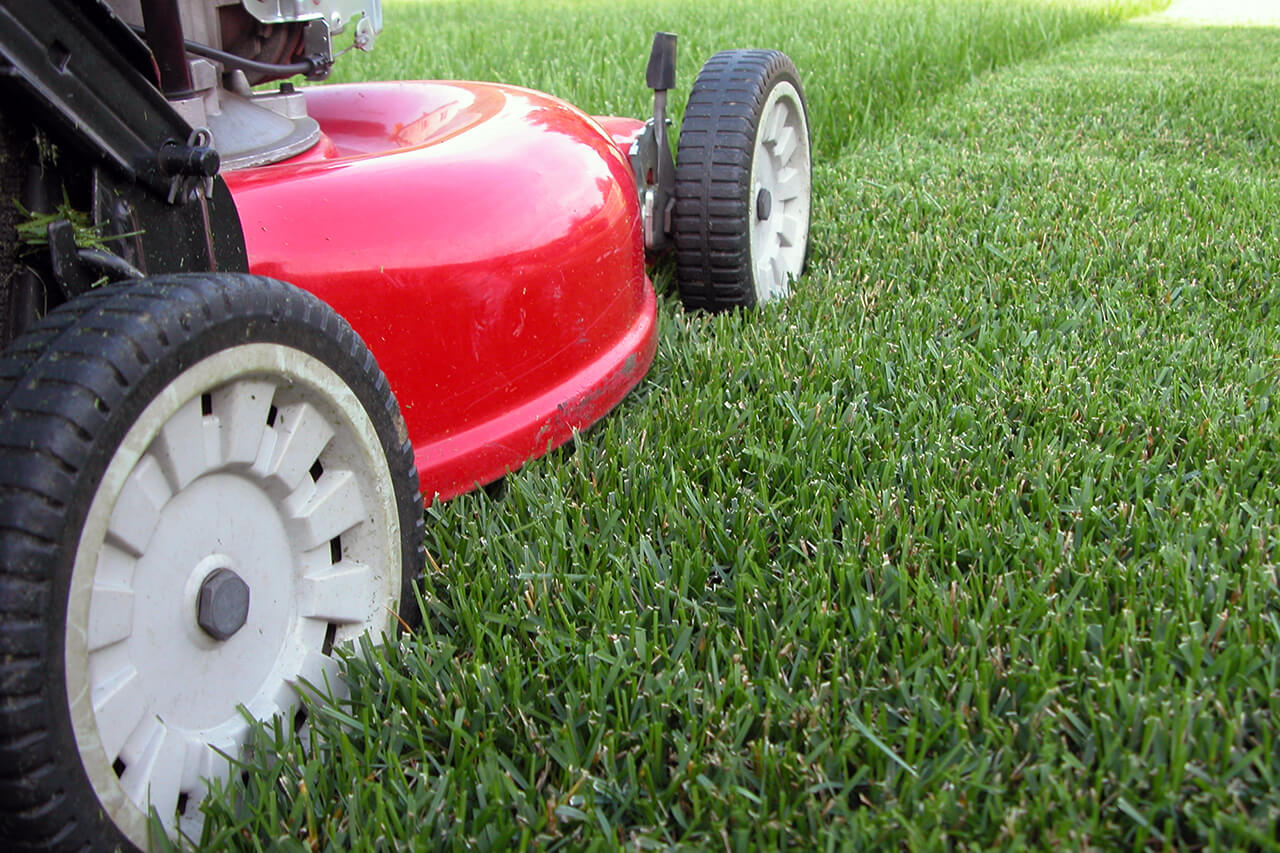
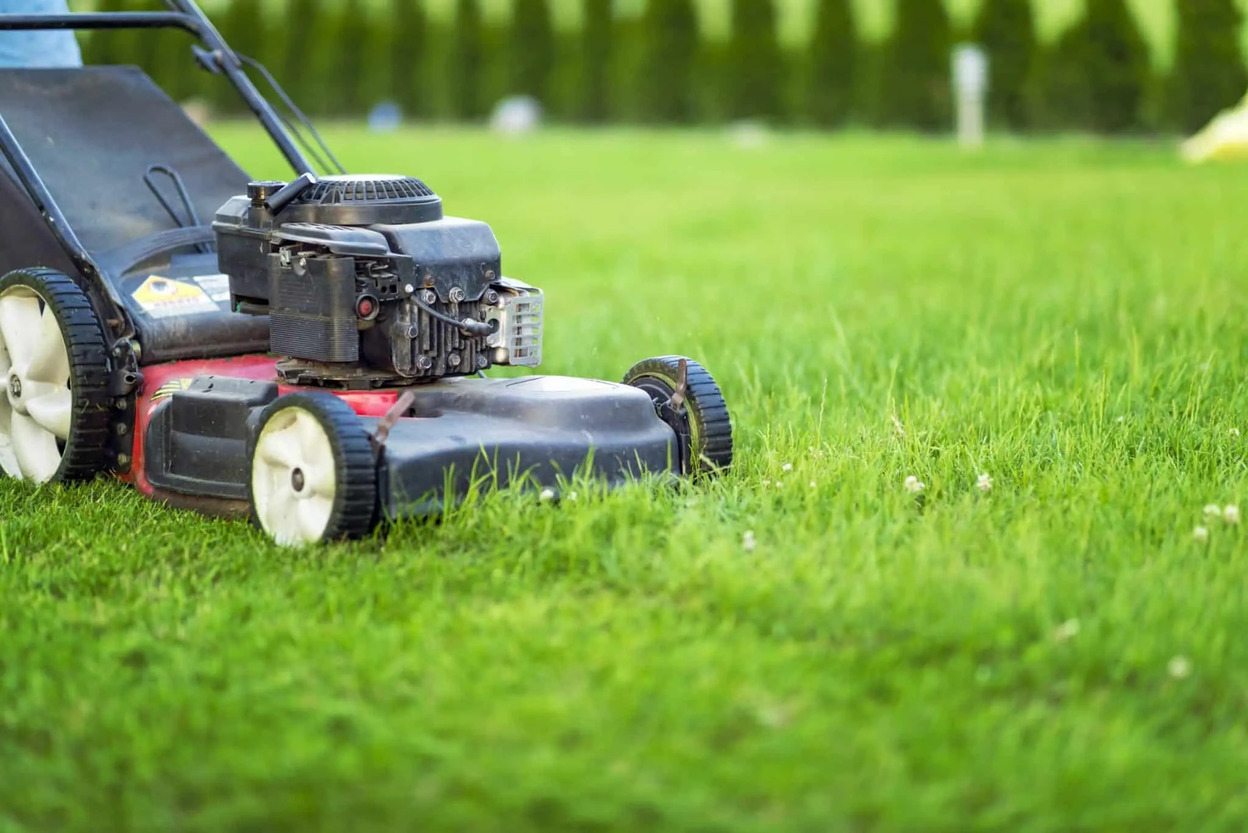
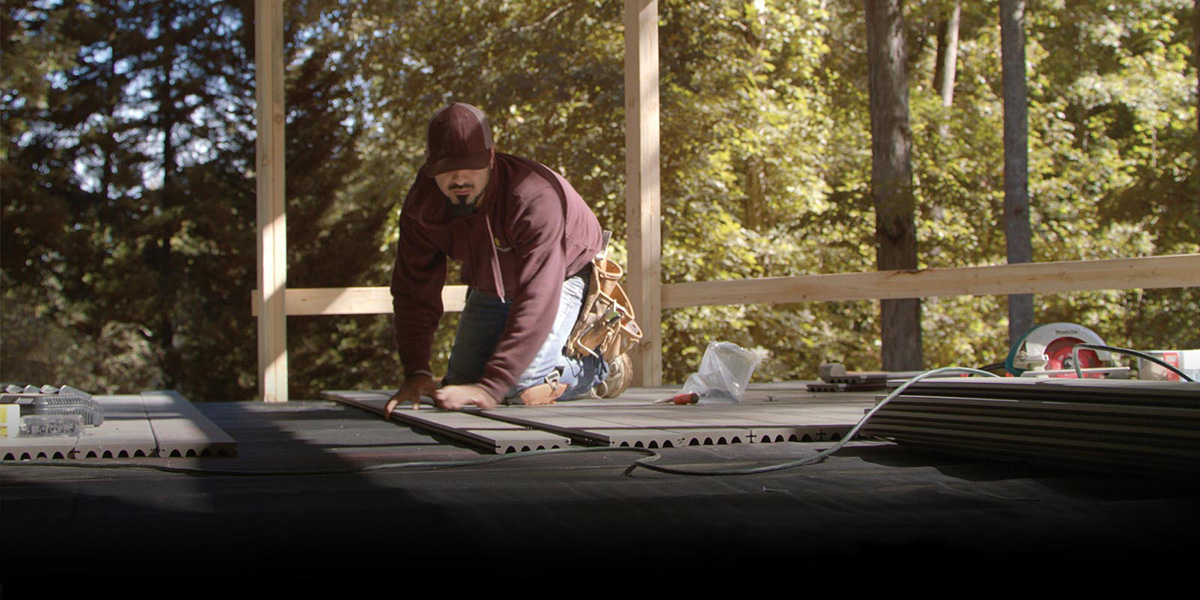
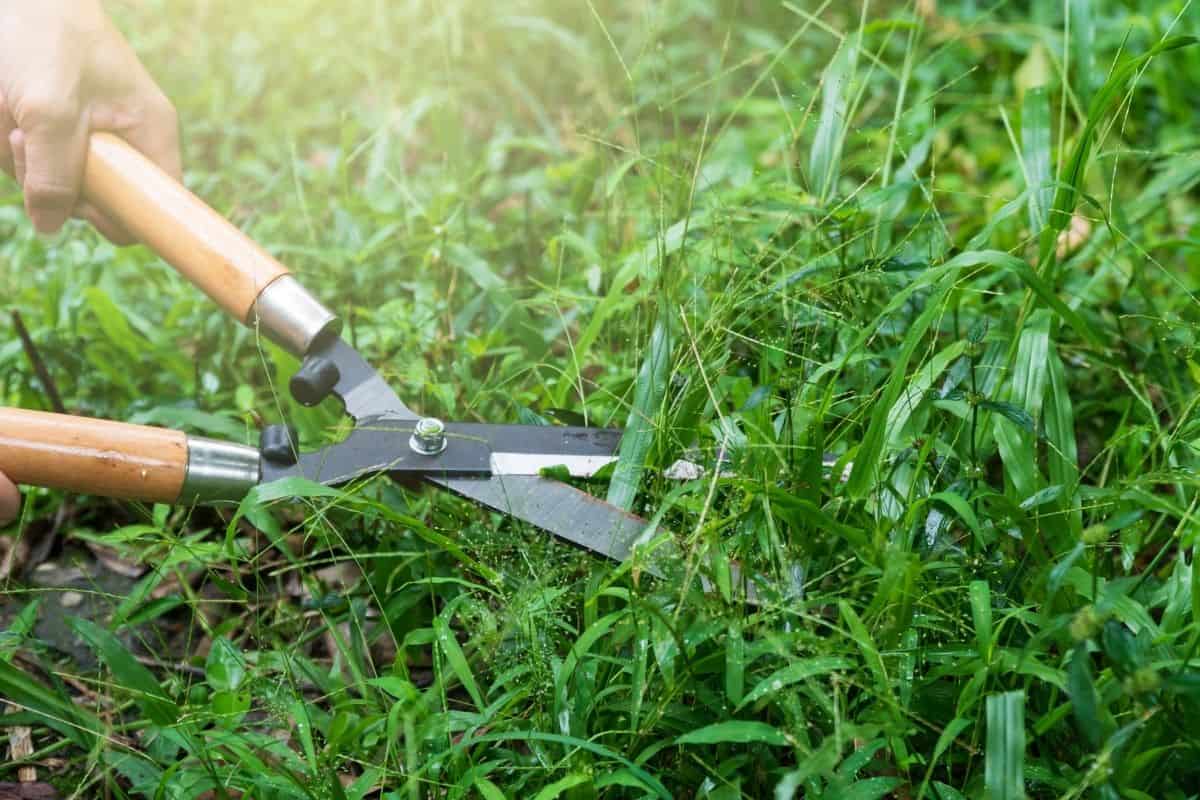
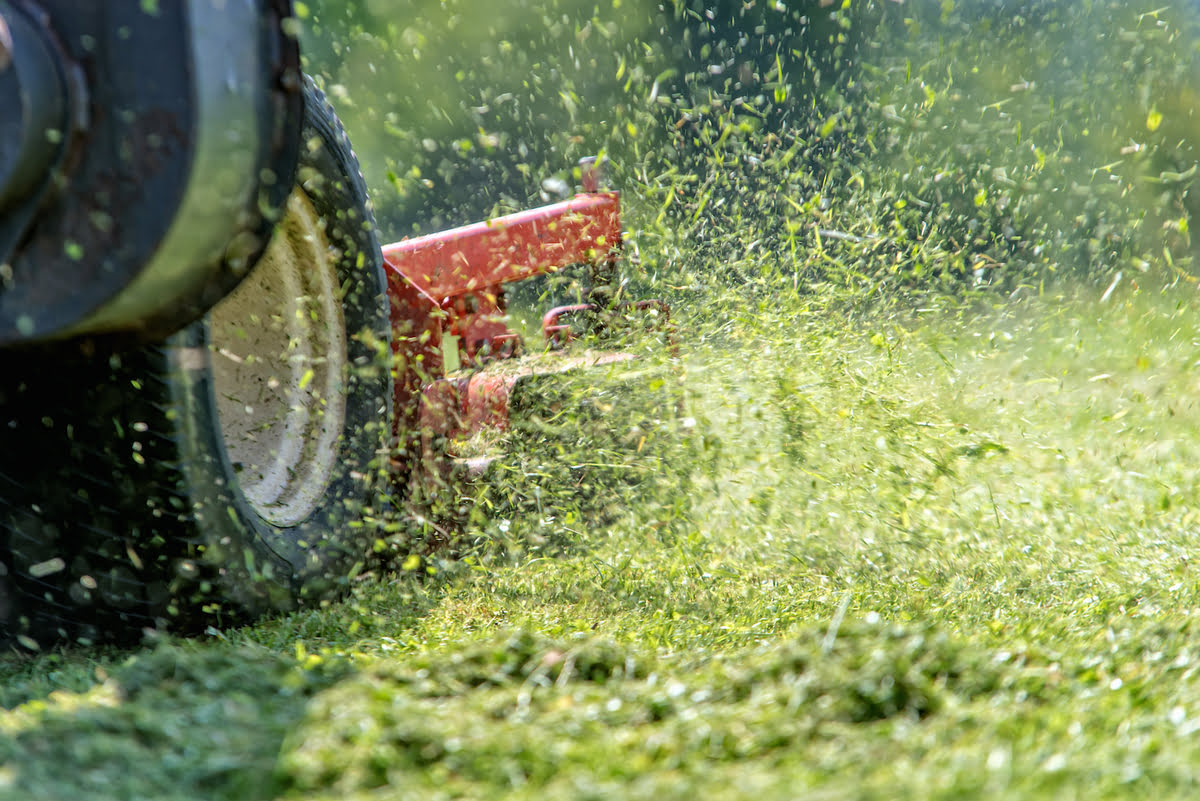
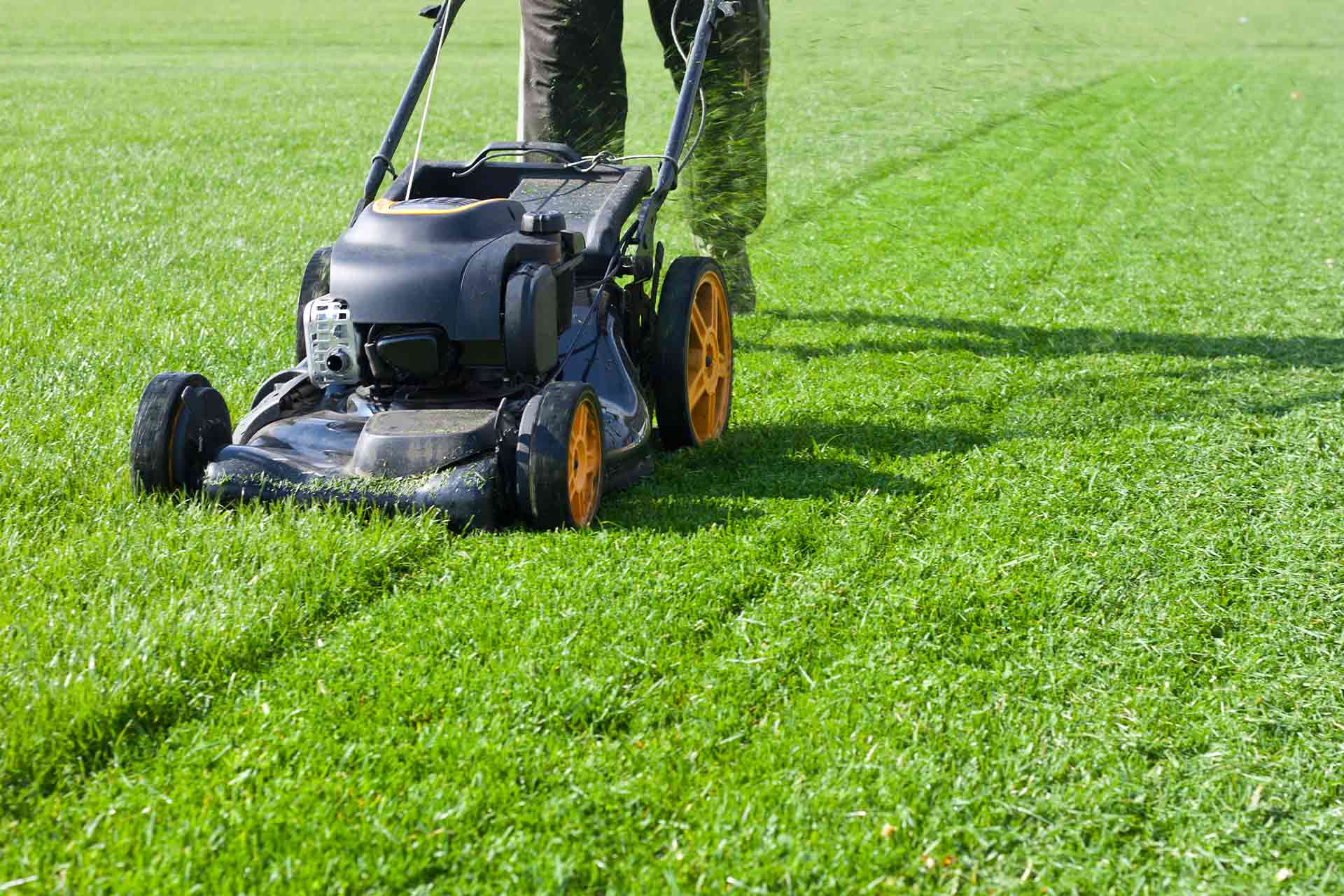

0 thoughts on “What Is The Best Way To Cut Grass”